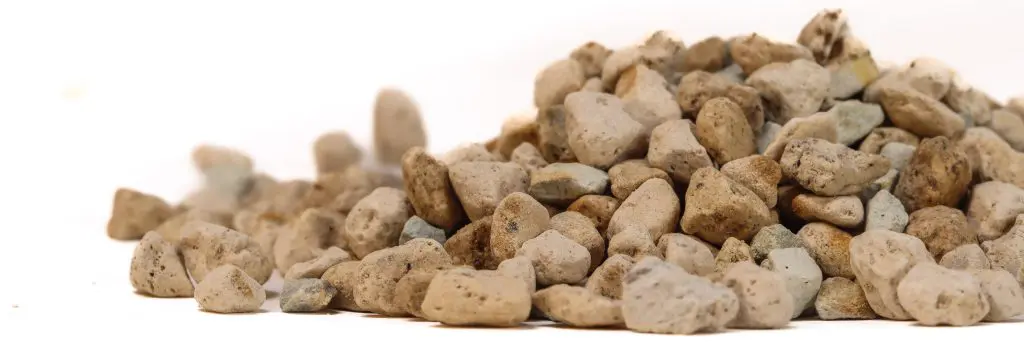Feed Ficus benghalensis with diluted balanced fertilizer every 2–4 weeks in spring and summer, and every 6–8 weeks in autumn and winter. Follow label directions, avoid over-fertilizing and flush the soil occasionally to prevent salt buildup.



Ficus benghalensis, commonly known as the Banyan tree or Bengal Fig, is a species of fig tree native to the Indian subcontinent.
Latin name
Ficus benghalensis
Pronunciation
Fy-kus ben-guh-LEN-sis
Common name
Bengal Fig
Origin
Native to the Indian subcontinent
With its expansive canopy and characteristic aerial roots, it forms a striking sight in its natural habitat. Revered in Hinduism and Buddhism for its sacred symbolism, the Banyan tree is also admired worldwide for its ornamental value and ability to provide ample shade.
Did you know?
The species name benghalensis refers to Bengal, where the tree is native and deeply revered in local culture and mythology.
Ficus benghalensis is toxic to pets and humans if ingested. Its milky sap contains irritant compounds that can cause skin rashes, oral irritation, and stomach discomfort.
caring for your plant

Light
Ficus benghalensis thrives in bright, indirect light yet can adapt to partial shade conditions. It’s advisable to steer clear of direct sunlight to prevent leaf scorching.

Watering
Let the soil of the Ficus dry out almost completely before watering, then thoroughly saturate it. Make sure the plant has proper drainage to avoid water stagnation, as the Ficus doesn’t tolerate soggy conditions.

Pruning
Prune Ficus benghalensis in spring or early summer to promote growth. Remove dead or damaged branches and trim leggy stems to shape the plant. Avoid heavy pruning; make gradual cuts instead. Always use clean, sterilized tools to prevent disease.

Feeding

pest & diseases
Ficus benghalensis is vulnerable to pests and fungal diseases. Check for insects or webbing and treat with neem oil or insecticidal soap. Prevent leaf spot and mildew by avoiding overhead watering, ensuring airflow and removing infected leaves. Proper care and monitoring keep the plant healthy.
Where the Ficus benghalensis originates from

This species originates in the Indian subcontinent.
Our plants are grown in Ecoponic, an alternative to soil. Officially known as a vulkaponic substrate, it replaces traditional compost with a clean, mineral-based medium that helps protect peatlands.
According to the IUCN UK Peatland Programme, “A loss of only 5% of UK peatland carbon would be equal to the UK’s annual greenhouse gas emissions.” As well as storing carbon, the natural wetlands where peat is found are critical to the survival of plants and wildlife. Ecoponic also improves plant health and uses water more efficiently.
Find out more about Ecoponic here.


Buy one of my cousins from the nursery
Did you know?
Research from the University of Exeter found that offices with plants can increase productivity by up to 15% while also improving concentration and job satisfaction.
Plantopedia is brought to you as part of our Engage & Bloom workplace experience program.
explore more
Why not continue your journey through the plant world. Explore more plants, their stories, habitats and the benefits they bring to spaces.
























